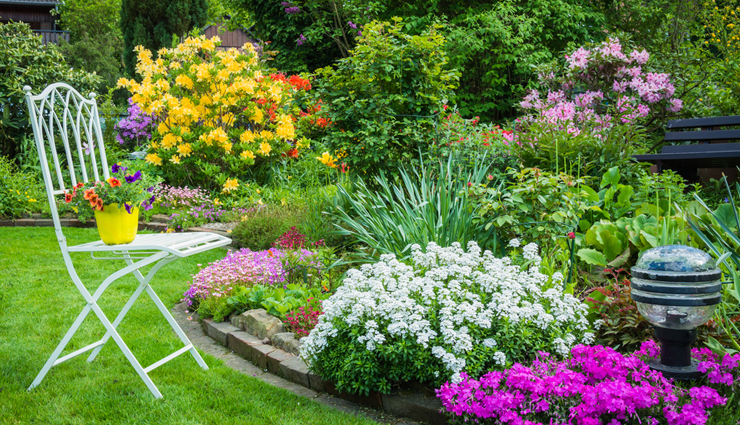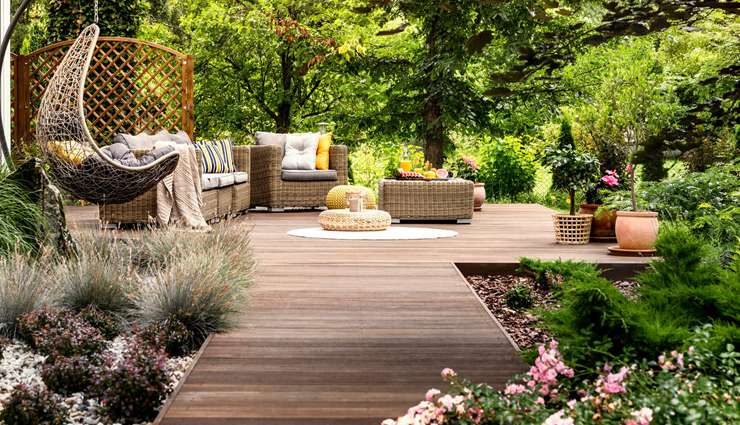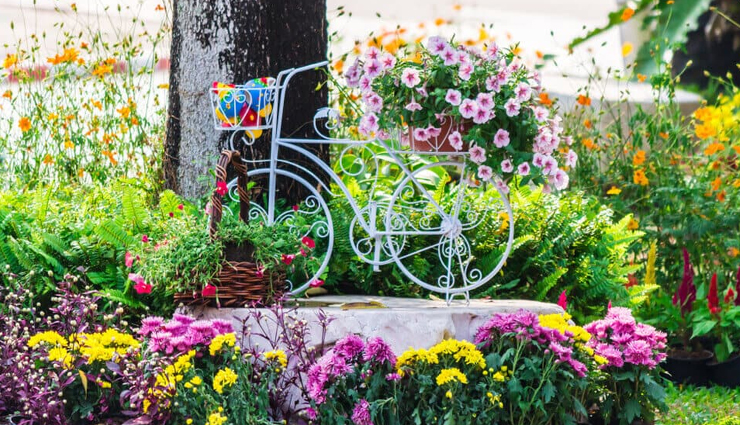5 Tips To Follow For Home Gardens During Summers
By: Priyanka Maheshwari Thu, 07 May 2020 3:02:53

Good preparation is critical for your garden to survive the wilting effects of the Aussie summer. Summer means different things to different gardeners. While many southern and central regions bake dry, for instance, the steamy Top End is rejuvenated by drenching storms. But for all of us, summer brings common challenges, such as dividing time and effort between keeping our gardens in good shape, and enjoying them during the summer holidays.
* Take care of budding plants
Does your camellia drop its buds and flowers? As camellias initiate budding in summertime, sudden loss of buds and flowers is often a consequence of the plants drying out, particularly when they are growing in containers. Mulch and water deeply once or twice weekly during hot, dry weather to limit this common and irritating problem.

* Help pots to stay cool
Potted plants, especially those in terracotta pots, are vulnerable to overheating. Lightly mulch and, where possible, position them out of hot western sunshine. Remember that standing potted plants in saucers of water encourages root rot and mosquito breeding. Instead, stand them in saucers filled with sand, and keep the sand moist. This ensures roots stay cool and plants remain healthy. If potted plants dry out to the point where re-wetting is hard, soak them in a bucket of water for half an hour, then drain.
* Water early to avert mildew
Water in the cool of the day. The best time to water your garden is morning but, if you water in the afternoon, allow enough time for foliage to dry out before sunset. This reduces the risk of mildew and other fungi attacking leaves, and there's less chance you'll get caught by the evening shift of mosquitoes or sandflies. Mildew frequently attacks roses, pumpkin, melon, zucchini and cucumber. Spray plants weekly with a solution made from one part cow's milk to 10 parts water. Repeat after heavy rain or irrigation. This remedy won't reverse mildew damage, but it's an effective preventative.

* Add nutrients to the water
If you can only water occasionally, try to water plants deeply and use that opportunity to simultaneously feed and correct mineral deficiencies. Apply a soluble fertiliser with added seaweed. Water in potash around the base of fruit trees, especially citrus, banana and lychee, to improve fruit flavour and juiciness. The potassium in potash is also important for controlling anthracnose disease of avocado and mango, and it generally helps to improve plant vigour and resistance to foliar fungi.
* Keep the lawn long and lush
Caring for your lawn during summer and drought conditions while using minimal water is possible. Brown, bare, weed-infested lawns are symptoms of scalping, which means cutting lawns too low. It's a misconception that cutting lawns low reduces the cutting frequency. Instead, mow lawns as high as your mower permits. Longer turf wears better, but most important of all, a thick sward suppresses pernicious weeds such as oxalis and bindii. Fresh lawn clippings are great for activating compost heaps and mulching shrubberies, but only when applied in a thin layer, up to 5cm deep, as thicker layers can burn leaves and encourage collar rot on trees and shrubs. Keep lawn lush by foliar feeding with seaweed tonic once monthly and applying one handful of poultry manure per square metre each season, before rain or irrigation. Allow two weeks for this to green your lawn – and for the odour to disappear before having a garden party!





